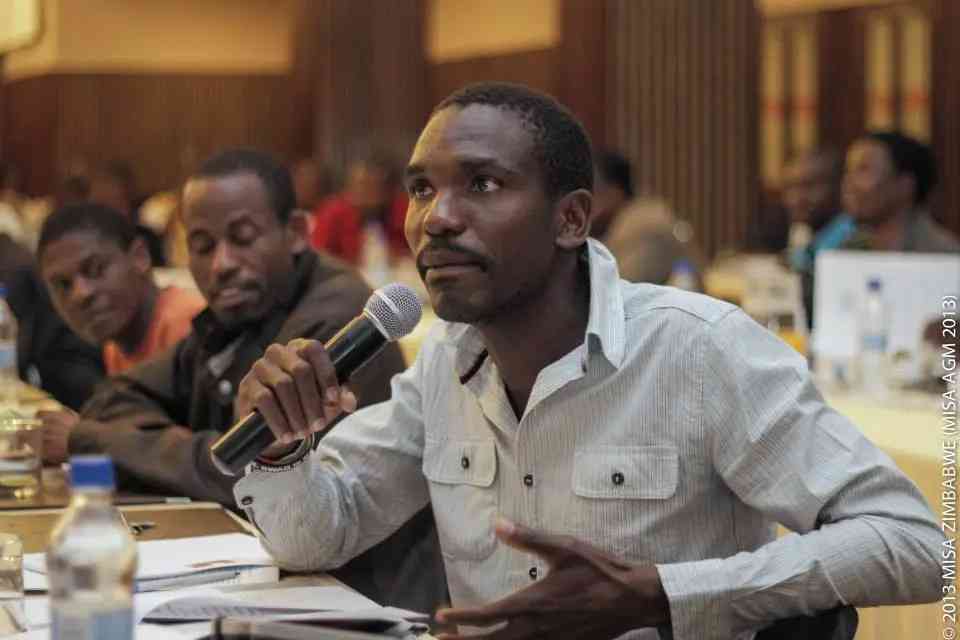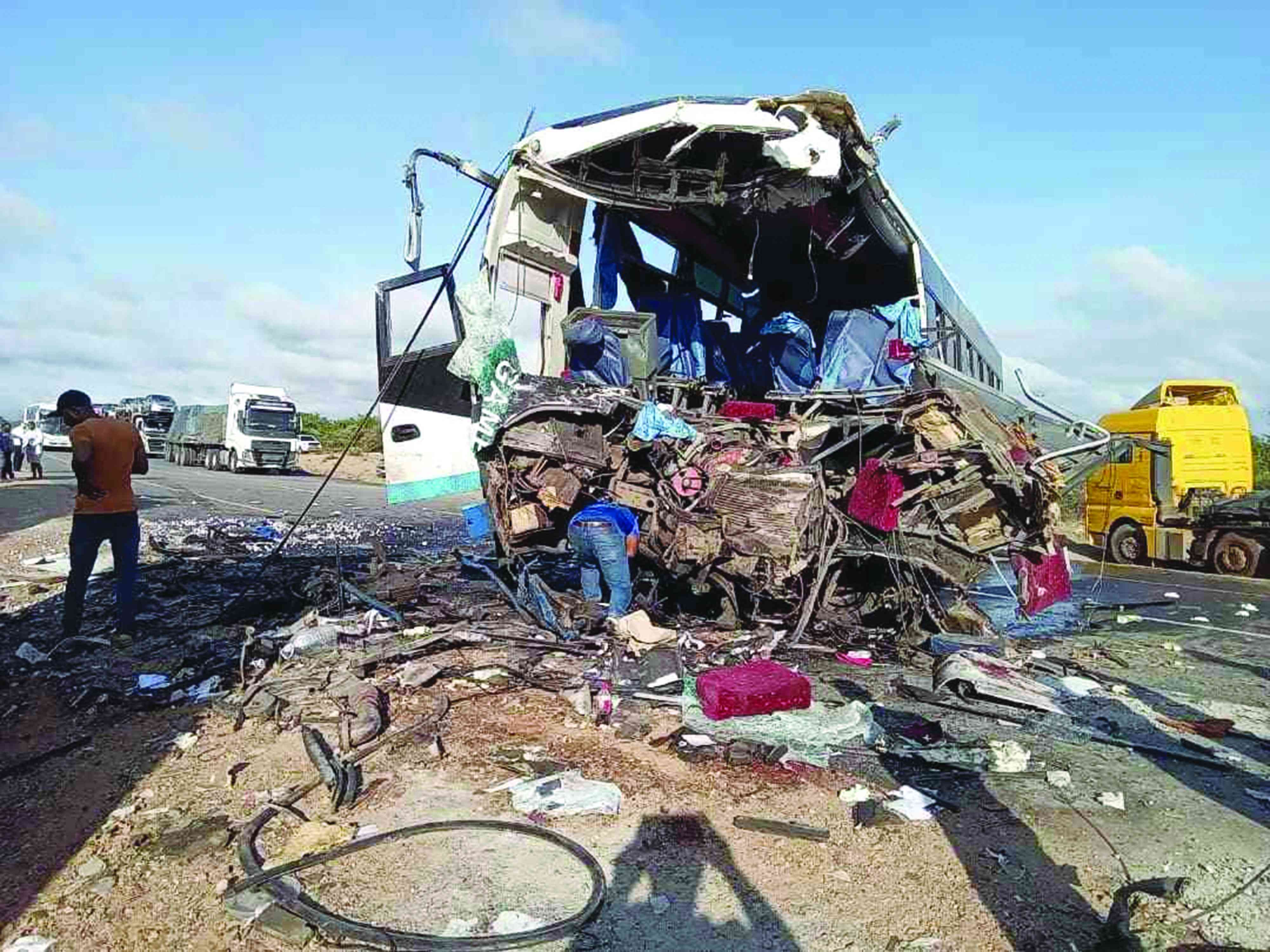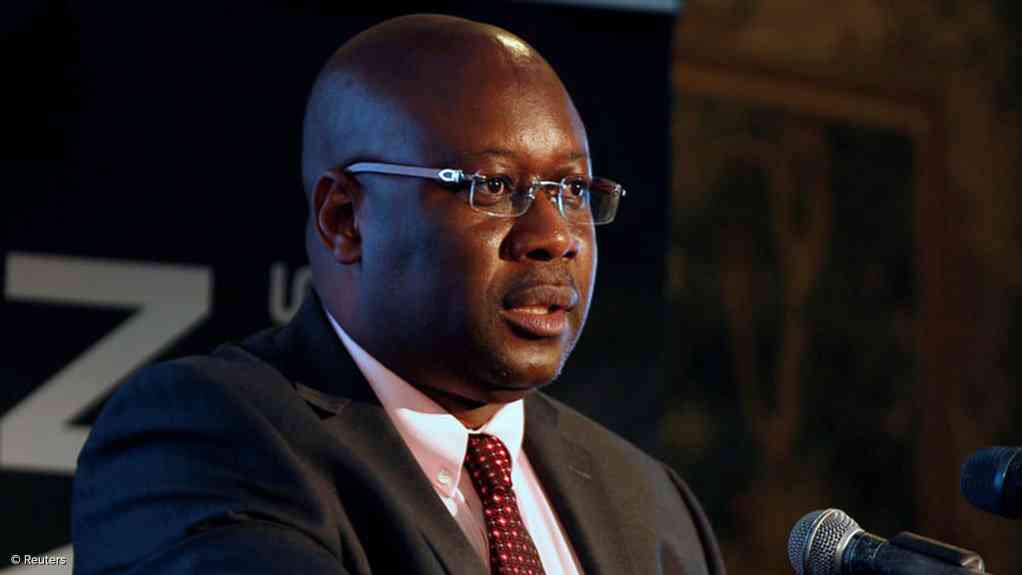
OVER 75% of the country’s telecommunications services are running on second-generation cellular (2G) networks as the sector battles a dire foreign currency crisis, according to a Postal and Telecommunications Regulatory Authority of Zimbabwe (Potraz) official.
The country has battled a serious foreign currency crisis for over two decades.
But the latest wave escalated following bold monetary policy changes in 2019, which saw authorities end a decade long multicurrency system and brought back the discredited Zimbabwe dollar.
In 2020, Zimbabwe’s government established a foreign currency auction system to address hard currency glitches across industries.
But in an interview with the Zimbabwe Independent on the side lines of a telecoms sector conference in Victoria Falls this week, Hasha Myambo, Universal Services Fund (USF) project manager at Potraz, said forex headwinds had hit telecoms industry operators hard.
“All the networks require foreign currency and it is not cheap to upgrade (telecoms technologies),” Myambo said.
“As much as we want the networks to upgrade, we should also take into consideration these challenges. It is a balancing act at the moment,” the Potraz official added.
In separate interviews, chief executive officers from leading telecoms firms said in addition, they were being held back by high taxes in Zimbabwe, where companies have also complained about high costs of doing business.
- Econet tariffs shoot up
- DPC pays out $139 million
- Zimdollar shortage hits market
- Nedbank Zim profit surges
Keep Reading
Myambo said to navigate the terrain, authorities had taken the view that telecoms firms could continue on 2G.
“We cannot say shut down 2G and provide 4G,” he said.
“At least people are getting something at the moment. It is a question of foreign currency availability to purchase the equipment. However, we have always encouraged them to upgrade to the latest networks,” Myambo said.
He added that in terms of 2G, coverage was around 75% for rural markets and 100% in urban areas.
On 3G network, the geographical coverage stood at 70,5% while the population under coverage was around 84%.
Rural coverage for 3G network was standing at 67,3%, industry data showed.
It said urban coverage stood at 99,8%.
The 5G network geographical coverage stood at 4%, according to the data, which showed a 35% population coverage.
Official data also showed that rural coverage for 5G at 2%, compared to 84% urban coverage.
Myambo said economic challenges had forced operators to continue providing 2G services.
In contrast, world markets had moved to advanced technologies.
Patricia Majero, head of planning at mobile telecoms firm NetOne, said networks were working hard to upgrade despite the foreign currency crisis.
“We are also battling legacy equipment, which needs replacement,” Majero said.
“The central bank can attest to the fact that telecoms firms are not given priority on the forex auction. So, we are working together as telecoms and we have key performance indicators that are not only
local but international.”
She added that while there have been efforts to upgrade, there was consumers still using ‘strictly’ 2G handsets.
She said networks were careful not to lose subscribers by moving far ahead of their requirements.











